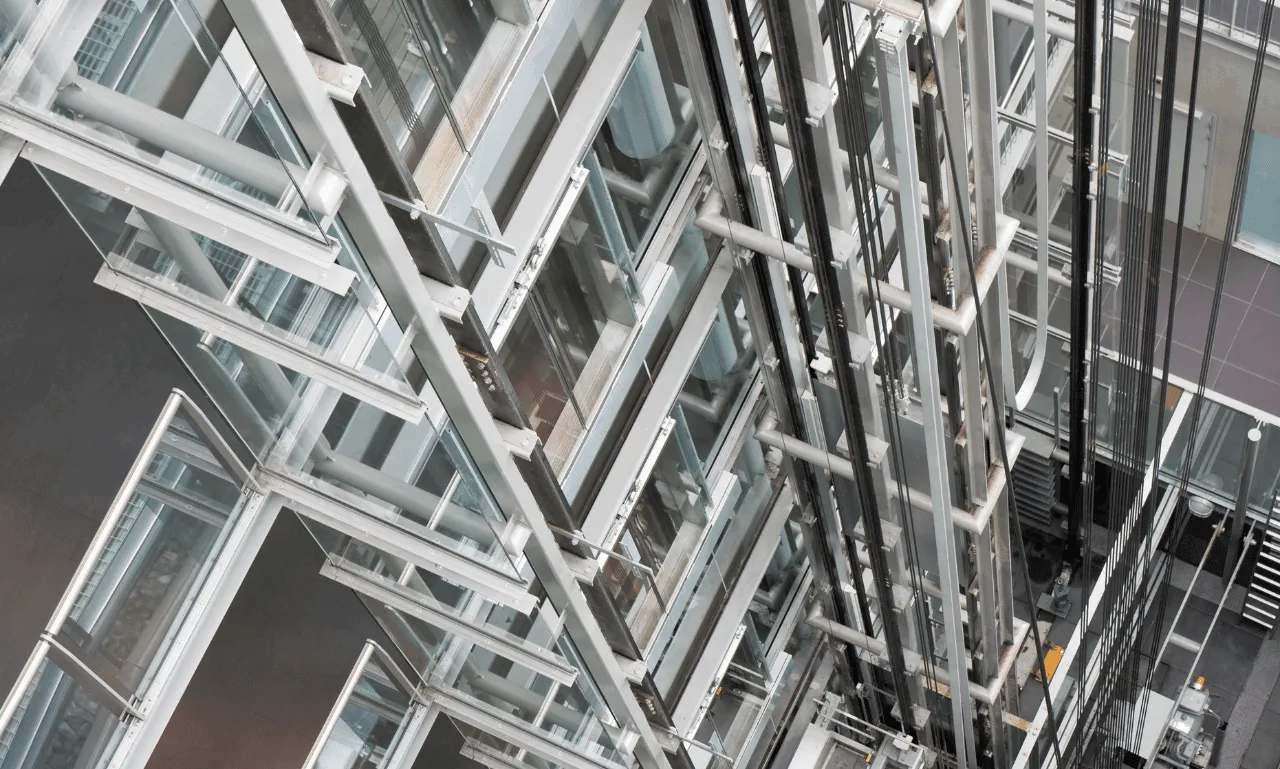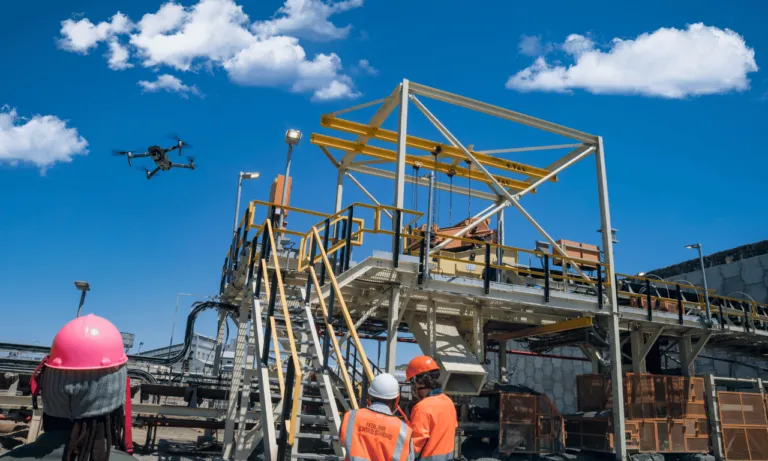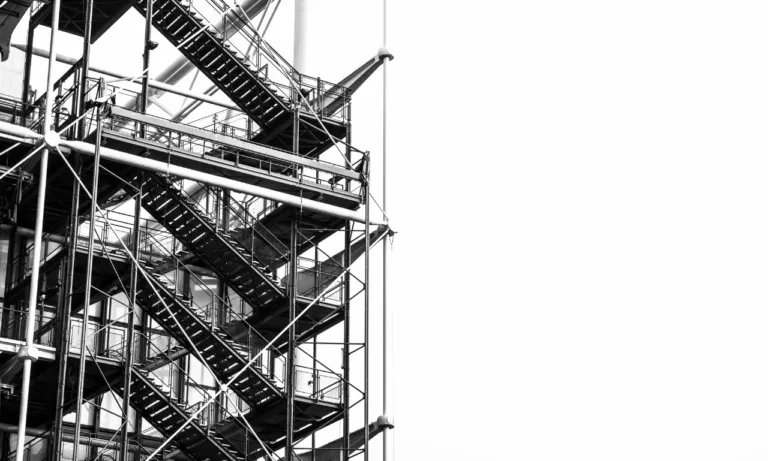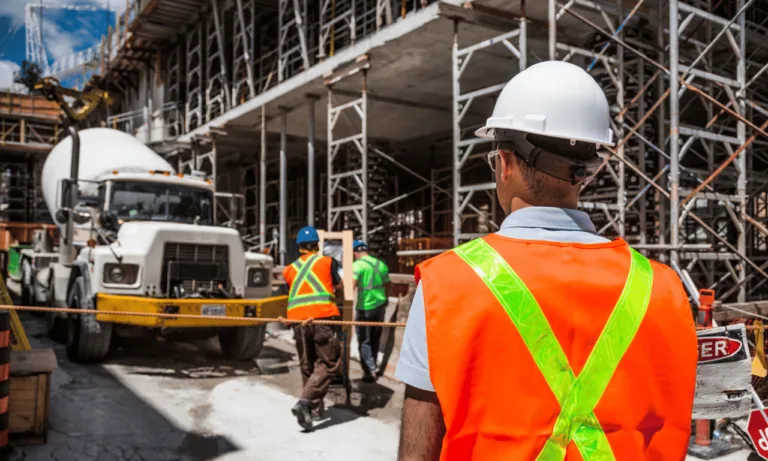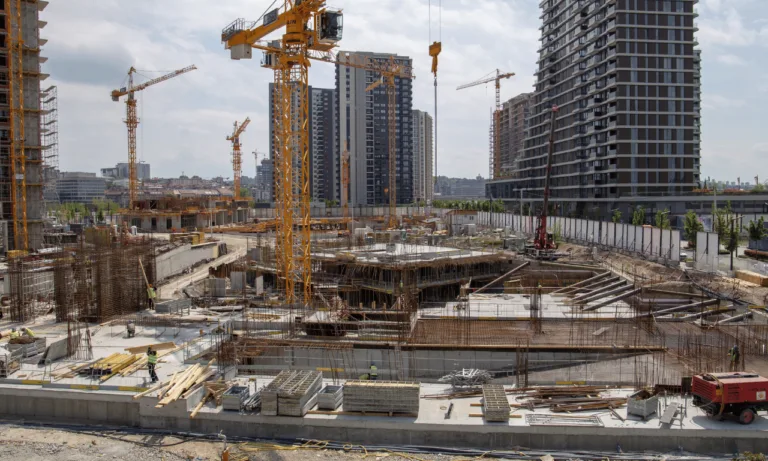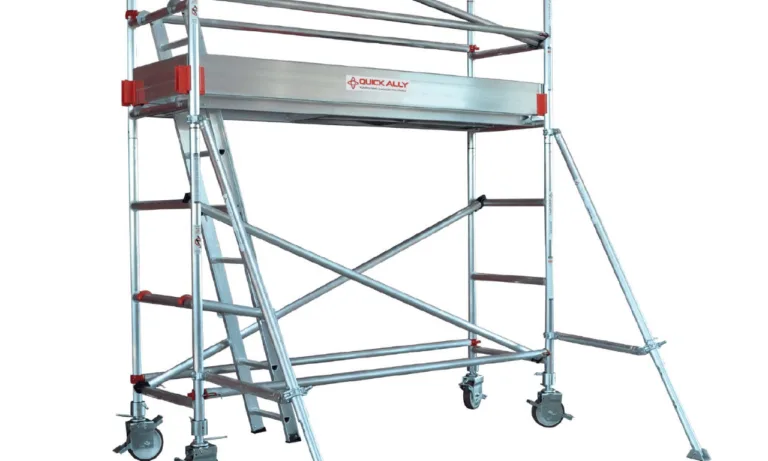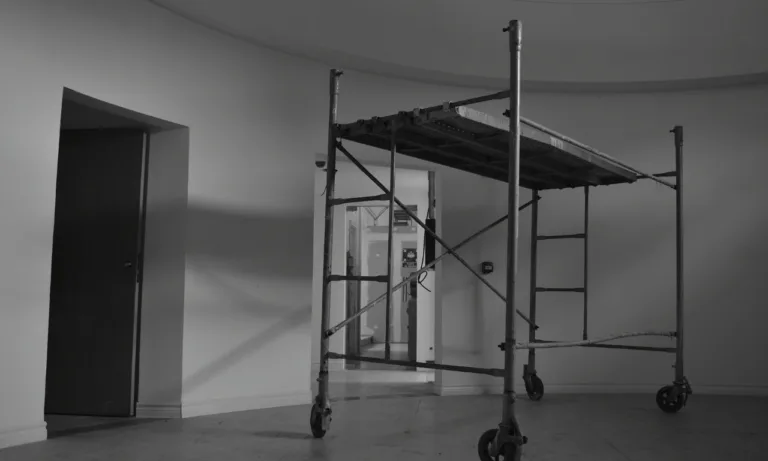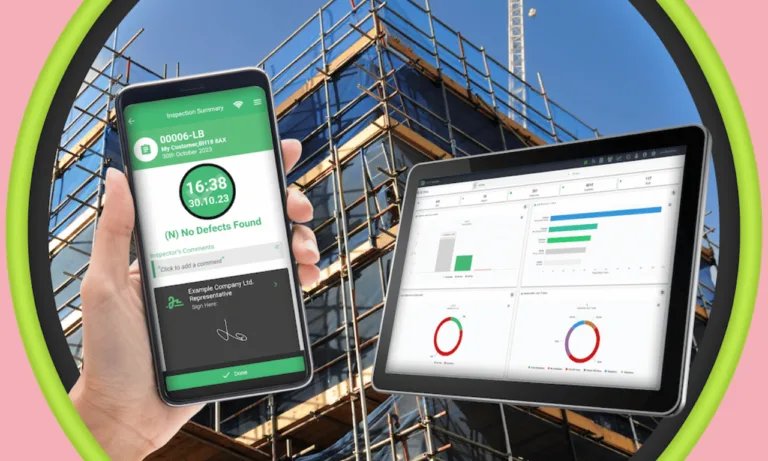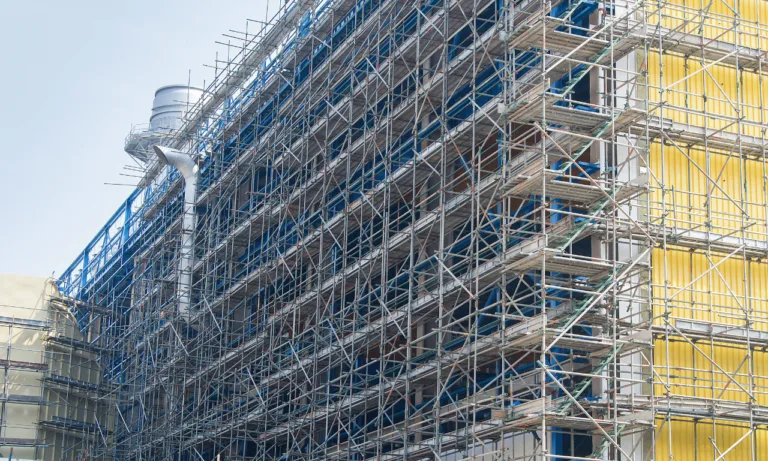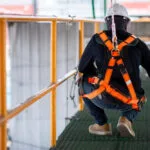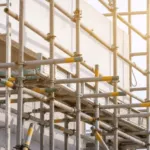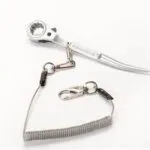Phone:
(+65)8319-0742
Working at height comes with its own set of risks and challenges. When it comes to lift shafts, ensuring the safety of workers is of utmost importance. This is where lift shaft scaffolding comes into play. By providing a secure and stable platform for construction and maintenance tasks, scaffolding for lift shafts enables workers to access height with confidence and efficiency.
Safety scaffolding designed specifically for lift shafts addresses the unique requirements of this vertical workspace. Whether it’s constructing a new lift shaft or performing maintenance and repairs on an existing one, having the right scaffolding system is crucial.
Construction scaffolding solutions offer custom designs tailored to lift shaft access, providing a sturdy and versatile temporary structure that allows workers to perform their tasks safely and efficiently. With platform scaffolding offering stable footing and ample space, workers can move around with ease while keeping their focus on the job at hand.
Industrial scaffolding professionals understand the intricacies of lift shaft construction, taking into consideration factors such as load capacity, proper guardrails, and adherence to safety regulations. They provide customized solutions that align with specific project requirements while ensuring the highest level of safety.
Key Takeaways:
- Lift shaft scaffolding is essential for safe and efficient access to heights in lift shafts.
- Construction scaffolding solutions offer custom designs tailored to lift shaft access.
- Platform scaffolding provides stable footing and ample space for workers to perform their tasks.
- Industrial scaffolding professionals ensure compliance with safety regulations and provide customized solutions.
- Having a reliable lift shaft scaffolding system is crucial for maintaining a safe work environment.
The Importance of Scaffolding Regulations
Scaffolding regulations play a vital role in ensuring the safety of workers in the construction industry. These regulations, established by the Occupational Safety and Health Administration (OSHA) at the federal level, set forth safety protocols that employers must adhere to when using scaffolding in their operations.
State governments also have the authority to establish additional laws and regulations to enhance safety protocols beyond OSHA requirements. It is essential for employers to stay updated on both federal and state regulations to maintain compliance and create a safe work environment.
Scaffolding regulations cover various aspects of scaffolding work, including construction, design, training, and employee safety. By following these regulations, employers can ensure that scaffolding structures meet safety standards, that workers are adequately trained to use scaffolding equipment, and that appropriate safety protocols are in place to prevent accidents and injuries.
Compliance with scaffolding regulations is crucial for both the well-being of workers and the overall success of construction projects. Failure to comply with these regulations can lead to serious consequences, including fines, legal liabilities, and injuries.
Employers must make it a priority to understand and follow the applicable scaffolding regulations. This includes conducting regular safety training, implementing proper safety protocols, regularly inspecting scaffolding equipment, and providing employees with the necessary personal protective equipment (PPE) for working at heights.
By prioritizing compliance with scaffolding regulations, employers can create a safe and secure work environment that protects the well-being of their employees and minimizes the risk of accidents and injuries.
Scaffolding Design Guidelines and Safety Rules

When it comes to scaffolding, design guidelines and safety rules are critical to ensure the structural integrity and safety of the system. Adhering to these guidelines and rules helps create a secure working environment for construction workers and mitigates the risk of accidents and injuries. Let’s explore some essential elements of scaffolding design and safety that employers need to consider:
Guardrails and Fall Arrest Systems
For scaffolds reaching heights over 10 feet, it is crucial to install guardrails and fall arrest systems. These safety features provide additional protection for workers in case of a fall. By incorporating guardrails and fall arrest systems, employers can significantly reduce the risk of serious accidents and create a safer working environment.
Proper Guardrail Height and Placement
Guardrails should have a minimum height of 42 inches to prevent workers from falling off the scaffold. It is important to ensure that guardrails are properly positioned along all open sides and ends of the scaffold. By following these height and placement guidelines, employers can minimize the risk of falls and maintain a safe working environment.
Fully Decked or Planked Scaffold Platforms
Scaffold platforms must be fully decked or planked to provide a secure and stable surface for workers to stand on. This prevents slips and falls caused by uneven or damaged platforms. The planks should be inspected regularly to identify any signs of wear or damage and replaced as necessary.
Securing Supported Scaffolding
Supported scaffolding must be properly secured to ensure stability. This can be achieved by guying, tying, or bracing the scaffold to prevent tipping or shifting. By following these guidelines, employers can prevent scaffolding accidents caused by instability.
Load Capacity Requirements
Understanding the load capacity of a scaffold is crucial to prevent overloading. Each scaffold must have a clearly marked load capacity that should not be exceeded. By adhering to these load capacity requirements, employers can ensure the safety of workers and prevent structural failures.
Regular Inspections
Regular inspections are essential to identify any potential hazards or issues with the scaffolding system. Inspections should be conducted before each work shift and after any significant changes or adverse weather conditions. Inspecting the scaffolding helps identify and address any problems promptly, ensuring a safe working environment.
By following these scaffold design guidelines and safety rules, employers can prioritize worker safety and minimize the risk of accidents. Adhering to industry standards and regulations is crucial, and employers should ensure that their scaffolding systems meet all the necessary requirements. Regular inspections, proper maintenance, and thorough training of workers are key to creating a safe and secure working environment.
Common Scaffolding Safety Failures

Scaffolding safety failures can result in serious accidents and injuries on construction sites. It is essential to identify and address common safety failures to maintain a secure work environment. The following are some of the most prevalent scaffolding safety failures:
1. Overloading
**Overloading** the scaffold with excessive weight beyond its load capacity is a significant safety hazard. This can lead to structural instability and collapse, endangering workers and bystanders. Employers must ensure that scaffolds are used within their designated weight limits and that proper calculations are made to determine the maximum load.
2. Scaffold Alterations
**Scaffold alterations** without proper authorization can compromise its integrity and increase the risk of accidents. Workers should never remove or modify any component of the scaffold without consulting the supervisor or following established protocols. Even minor alterations can weaken the structure and create hazardous conditions.
3. Bad Housekeeping
Bad housekeeping practices, such as leaving tools, debris, or materials on scaffold platforms, can lead to slips, trips, and falls. It is essential to maintain a clean and organized work area to minimize these risks. Regular inspections and prompt removal of hazards can significantly reduce the likelihood of accidents.
4. Unstable Base/Footing
An unstable base or footing can cause scaffolding to shift or collapse. It is crucial to ensure that scaffolds are erected on level ground and that the base plates are securely positioned. Adequate support and proper anchoring are vital to prevent scaffolding from tipping over or destabilizing.
By addressing these common scaffolding safety failures, employers can significantly reduce the risk of accidents and create a safer working environment for their employees.
Maintaining and Cleaning Scaffolding
Proper maintenance of scaffolding is essential to ensure its safety and functionality. Regular inspections should be conducted to identify any broken or damaged components that could compromise the scaffold’s integrity. By promptly addressing issues through scaffold maintenance, potential accidents and injuries can be prevented.
When it comes to cleaning scaffolding, disassembling the components and using a pressure washer is an effective method for removing dirt, debris, grease, or cement splashes. However, caution should be exercised during the cleaning process to prevent loosening or disengaging any components. It is recommended to use mild soap or degreasing agents to avoid damaging the scaffold. Harsh chemicals should be avoided as they can weaken the structure.
Regular inspections and cleaning are crucial not only for the safety of workers but also for the longevity and durability of scaffolding systems. By incorporating scaffold maintenance and cleaning practices into your routine, you can ensure a safe working environment and prolong the lifespan of your scaffolding.
FAQ
What is lift shaft scaffolding?
Lift shaft scaffolding refers to the temporary structure erected around a lift shaft to provide safe access for construction or maintenance work. It ensures the safety of workers while working at height and allows them to navigate around the lift shaft securely.
Why is safety important when working with scaffolding?
Safety is crucial when working with scaffolding to prevent accidents and injuries. Scaffolding-related incidents lead to approximately 4,500 injuries annually. Proper safety measures, such as using personal protective equipment (PPE), following scaffolding load limits, and conducting regular inspections, are essential to protect workers and ensure a hazard-free workplace.
What are the regulations for scaffolding safety?
Scaffolding regulations are imposed by OSHA at the federal level, and state governments can establish additional laws to enhance safety protocols. Compliance with these regulations is crucial, and employers must stay updated on the evolving rules to maintain a safe work environment. Scaffolding regulations cover all aspects of scaffolding work, including construction, design, training, and employee safety.
What are some important scaffolding design guidelines and safety rules?
Important scaffolding design guidelines and safety rules include installing guardrails and fall arrest systems for heights over 10 feet, ensuring proper guardrail height and placement, using fully decked or planked scaffold platforms, securing supported scaffolding with guying, tying, or bracing, adhering to load capacity requirements, and conducting regular inspections to ensure structural integrity and safety.
What are common scaffolding safety failures to avoid?
Common scaffolding safety failures to avoid include overloading the scaffold, removing support members or altering the scaffold without proper authorization, poor housekeeping leading to slips and falls, and inadequate base or footing stability. By avoiding these safety failures, a safe work environment can be maintained, and accidents can be prevented.
How should scaffolding be maintained and cleaned?
Proper maintenance of scaffolding is important for ensuring its safety and functionality. Regular inspections should be conducted to identify any broken or damaged components that could compromise the scaffold’s integrity. Cleaning scaffolding involves disassembling the components and using a pressure washer to remove dirt, debris, grease, or cement splashes. Mild soap or degreasing agents should be used, and harsh chemicals should be avoided to prevent any damage to the scaffold.

